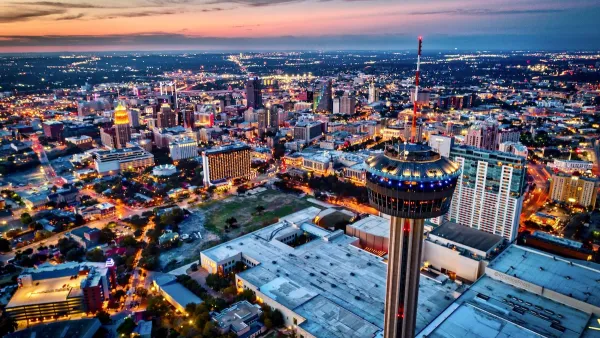The restored Cheonggyecheon river, which once was reduced to a sewer capped by a six-lane highway, now serves as a focal point for urban recreation in the South Korean capital.
"...More than 50 years ago, the Cheonggyecheon was a wide but shallow seasonal stream that traditionally divided the city between the rich in the north and the poor in the south. It was where people went to wash clothes and kids to play, but as Seoul grew from being semi-rural to a vast, smog-bound East Asian metropolis, the Cheonggyecheon became little more than a sewer.
As cars took over the city the river bed was turned into a road, and then an elevated six-lane motorway was built above. It was one of the most comprehensive obliterations of the natural environment perpetrated.
But in a revolutionary act of ecological restoration that is now being examined around the world, the city of Seoul, under the leadership of the then mayor, Lee Myung Bak, pledged in 2002 to restore the river, tear down the motorway and create a 8km-long, 800m-wide, 400ha lateral park snaking through the city where the river once ran."
FULL STORY: How a river helped Seoul reclaim its heart and soul

Planetizen Federal Action Tracker
A weekly monitor of how Trump’s orders and actions are impacting planners and planning in America.

Chicago’s Ghost Rails
Just beneath the surface of the modern city lie the remnants of its expansive early 20th-century streetcar system.

San Antonio and Austin are Fusing Into one Massive Megaregion
The region spanning the two central Texas cities is growing fast, posing challenges for local infrastructure and water supplies.

Since Zion's Shuttles Went Electric “The Smog is Gone”
Visitors to Zion National Park can enjoy the canyon via the nation’s first fully electric park shuttle system.

Trump Distributing DOT Safety Funds at 1/10 Rate of Biden
Funds for Safe Streets and other transportation safety and equity programs are being held up by administrative reviews and conflicts with the Trump administration’s priorities.

German Cities Subsidize Taxis for Women Amid Wave of Violence
Free or low-cost taxi rides can help women navigate cities more safely, but critics say the programs don't address the root causes of violence against women.
Urban Design for Planners 1: Software Tools
This six-course series explores essential urban design concepts using open source software and equips planners with the tools they need to participate fully in the urban design process.
Planning for Universal Design
Learn the tools for implementing Universal Design in planning regulations.
planning NEXT
Appalachian Highlands Housing Partners
Mpact (founded as Rail~Volution)
City of Camden Redevelopment Agency
City of Astoria
City of Portland
City of Laramie


























